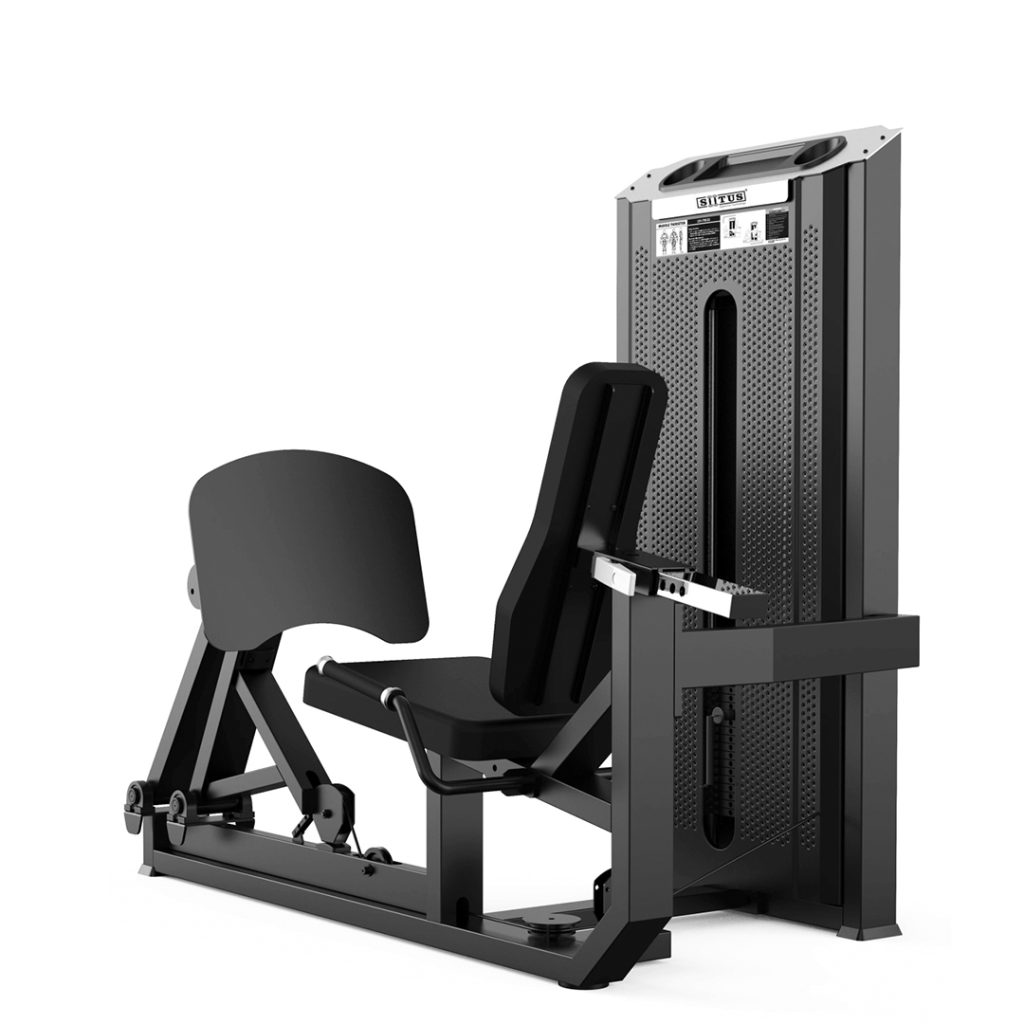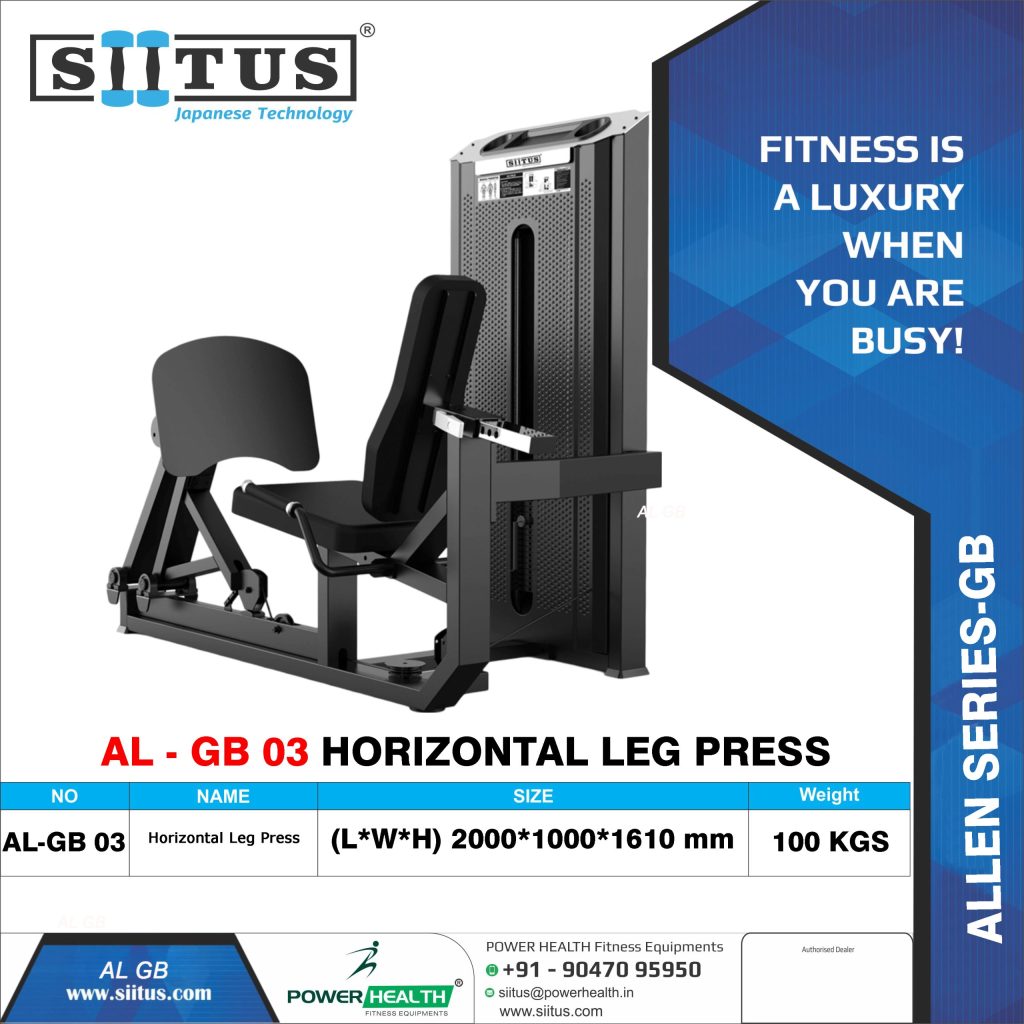The horizontal leg press is a powerhouse exercise machine that’s versatile, accessible, and incredibly effective for building lower body strength. Let’s explore its mechanics, benefits, and how to maximize your results.
What is the Horizontal Leg Press?
The horizontal leg press is a resistance machine designed for targeted lower-body exercises. Unlike its vertical angled counterparts, it positions the user in a reclined seat while pushing weighted platform with the legs in a linear motion. This setup minimizes spinal load and ensures greater safety, making it ideal for users of all fitness levels.
Muscles Targeted by the Horizontal Leg Press
The horizontal leg press primarily targets the quadriceps, the large muscles on the front of the thighs responsible for extending the knee.
Hamstrings: These muscles on the back of the thighs play a vital role in bending the knee and extending the hip.
Glutes: The gluteal muscles activate significantly during leg press movements, contributing to hip stability power.
Calves and Supporting Muscles: Secondary engagement helps stabilize the movement and refine lower body coordination.
This balanced muscle engagement makes the horizontal leg press ideal for strength building, injury prevention, and rehabilitation.
Benefits of Using the Horizontal Leg Press
The horizontal leg press shines as an all-purpose lower body workout. Here’s why:
Joint Safety: Its controlled movement and adjustable resistance reduce stress on knees and hips, making it a low-impact option.
Versatility: From beginners to athletes, the horizontal leg press accommodates a wide range of fitness goals.
Balanced Muscle Development: Its consistent motion ensures equal engagement across both legs, addressing imbalances.
Convenience: Easy to use and often available in gyms or as compact models for home use.
How to Perform the Horizontal Leg Press Correctly
Achieving optimal results starts with proper technique. Here’s a step-by-step guide:
Adjust the Seat: Ensure your back is fully supported your knees are bent at a 90-degree angle when your feet are on the platform.
Set the Weight: Choose a manageable resistance level that allows controlled movement.
Position Your Feet: Place them shoulder-width apart on the platform.
Push Through Your Heels: Slowly extend your legs without locking your knees.
Control the Return: Gradually lower the platform to the starting position without letting the weight stack slam.
Mastering these steps not only enhances performance prevents common injuries.
Horizontal Leg Press vs. Vertical Leg Press
While machines share a similar name, they differ significantly. The horizontal leg press is user-friendly and places minimal stress on the back. In contrast, the vertical leg press demands greater core stability can put additional strain on the spine its upward force direction.
Horizontal Leg Press for Beginners
Beginners often find the horizontal leg press a great starting point. Its intuitive design and customizable resistance allow new users to focus on form without feeling overwhelmed. Starting with lighter weights and higher repetitions helps build confidence and endurance.
Horizontal Leg Press in Home Gyms
The horizontal leg press is increasingly popular in home gyms. Compact models provide a space-saving solution for those wanting professional-grade equipment at home. Investing in a quality machine ensures a long-term addition to any fitness journey.
Conclusion
The horizontal leg press is a vital tool in any fitness routine, offering safety, versatility, and effective lower body strengthening. Whether you’re seeking rehabilitation, beginner-friendly exercises, advanced gains, this machine adapts seamlessly to your needs. Adding it to your workout arsenal ensures balanced muscle growth, enhanced athletic performance, and long-term health benefits.


